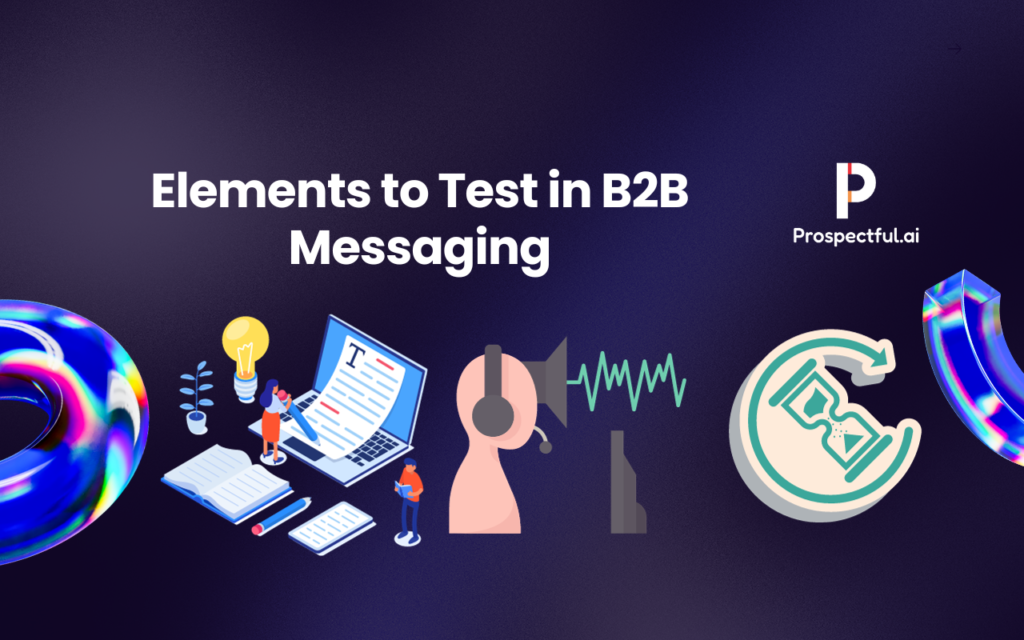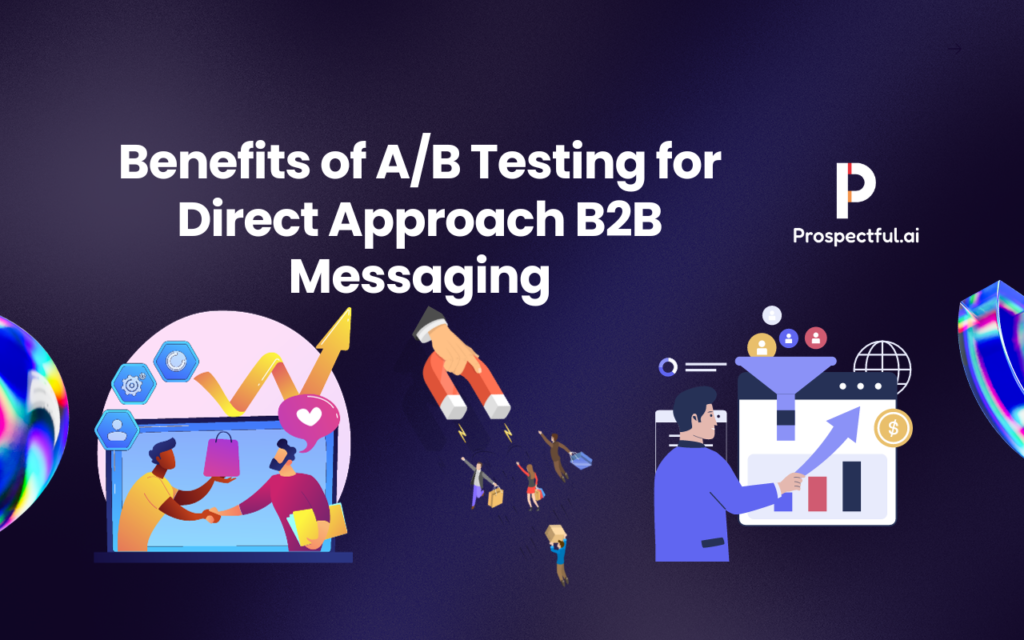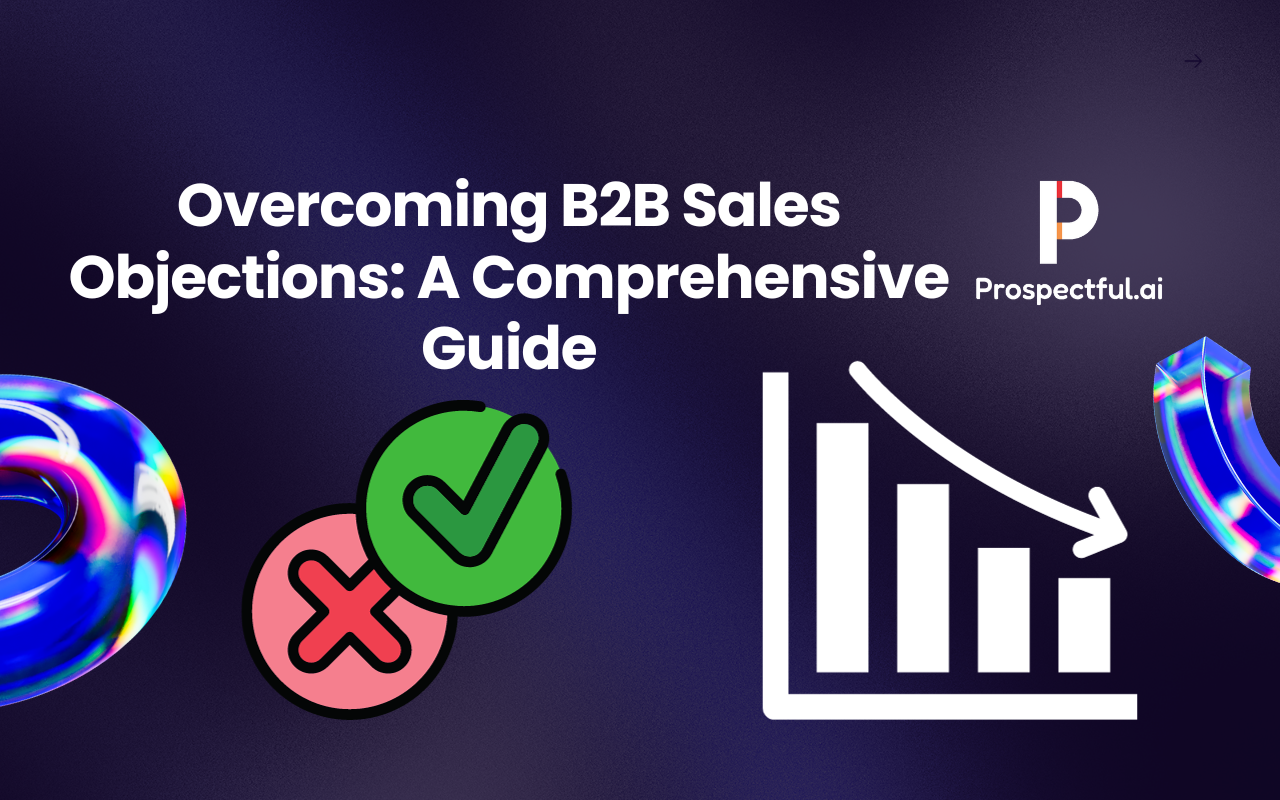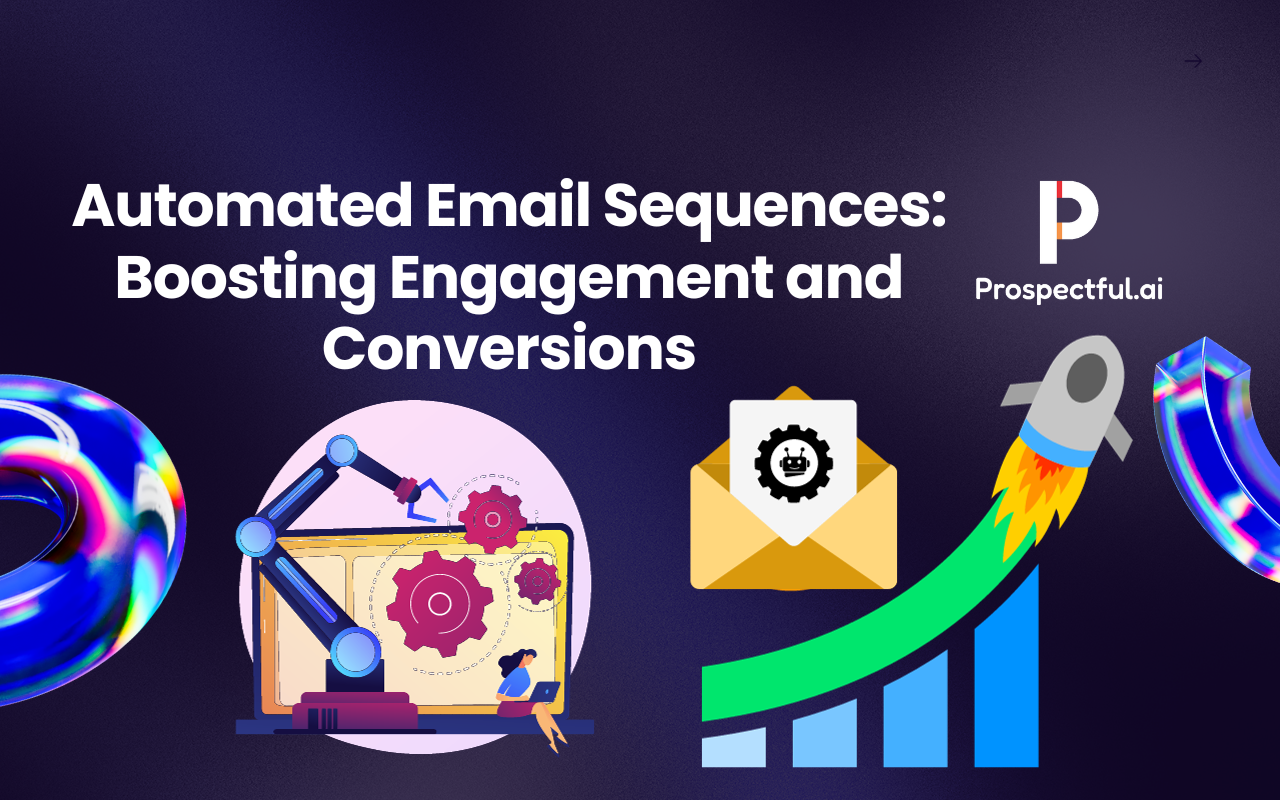A/B testing can optimize B2B messaging to increase engagement, customer acquisition, and conversion rates.
It’s essential to experiment with elements like tone of voice, copy variations, and send times to determine what resonates with your audience.
In this blog, we’ll explore the benefits of A/B testing for direct approach B2B messaging. So, let’s dive in!
Understanding A/B Testing
Understanding A/B Testing: A/B testing is an essential part of any direct approach B2B messaging strategy.
It involves creating two variants of a single message and sending them to different groups of users, then analyzing the results to determine which version performs better.
Why is A/B testing important? It allows you to test multiple elements of your messaging, such as copy variations, tone of voice, and send times, to find out what resonates best with your audience. Just like how we recommend B2B companies to use AI to automate email sequences.
By doing so, you can improve engagement rates, customer acquisition, and, most importantly, conversion rates. What can be tested?
Anything from the copy and tone of voice to the format and structure of your messaging.
With A/B testing, you can test specific elements to determine which ones work best for your audience.
This way, you can make data-driven decisions about how to improve your direct approach B2B messaging strategy.
Elements to Test in B2B Messaging

Elements to Test in B2B Messaging: When it comes to B2B messaging, there are several elements that can be tested to optimize your message’s effectiveness.
These include copy variations, tone of voice, and send times or wait times.
Copy Variations: In some cases, you might experiment with different copywriting approaches or positioning.
Highlighting the benefits of specific items vs. using a fun play on words to garner interest or leaning into FOMO to promote limited-stock items vs. positioning them as “back-in-stock” while supplies last.
It’s essential to keep as many elements as possible the same in both versions, like the link and the image, since the copy is the variable you’re testing.
Tone of Voice: Each brand has its own unique voice, and it’s important to stay consistent with it in your messaging. What tone does your audience prefer?
For some brands, sending text-only messages that get straight to the point may work better.
For others, it might be more effective to use a casual tone of voice that reflects the personal nature of text messaging.
Play around with different tones or styles until you find something that resonates with your subscribers and aligns with your brand voice.
Send Times or Wait Times: Your audience will have specific preferences, but a good place to start is by sending the same message at different times and on different days of the week to see when your subscribers are most active.
If you find that more people are responding during the day, try sending your messages during work hours.
It’s also important to analyze and experiment with wait times. How long should you wait before sending the next message?
By testing these elements, you can identify ways to improve your messaging’s response rates, acquire new customers, and convert more website visitors into subscribers.
A/B testing allows you to measure the impact of different approaches and identify the most effective way to communicate with your audience.
Benefits of A/B Testing for Direct Approach B2B Messaging

A/B testing is a crucial tool for maximizing engagement, increasing customer acquisition, and improving conversion rates in B2B messaging.
By testing different elements such as copy variations, tone of voice, and send times or wait times, you can determine what resonates best with your target audience and adjust your messaging accordingly.
Maximizing engagement is key to building strong customer relationships, and A/B testing provides valuable insights into what type of messaging your audience finds most engaging.
Increased customer acquisition is also a significant benefit of A/B testing, as it allows you to tailor your messaging to attract more leads and convert more customers. Another way to get more customers is through optimizing your content with AI through SEO.
Finally, A/B testing can help improve conversion rates by optimizing your messaging approach and experimenting with different tactics to improve engagement.
By testing various elements and incorporating what works, you can deliver more effective messaging that drives higher conversion rates and generates better results for your B2B brand.
Ultimately, A/B testing is a powerful tool for optimizing your direct approach B2B messaging and achieving your desired outcomes.
By experimenting with different elements and testing what resonates with your audience, you can fine-tune your messaging approach and deliver more personalized, effective messaging that meets the unique needs and preferences of your target market.
Conclusion
In conclusion, A/B testing is crucial for fine-tuning B2B messaging. By experimenting with copy variations, tone of voice, and send times, businesses can understand what resonates with their audience and improve their messaging and strategy.
By doing so, businesses can maximize engagement, increase customer acquisition, and improve conversion rates. Start testing today to see what works best for your B2B messaging approach!
Frequently Asked Questions: A/B Testing
1. What is A/B testing?
- A/B testing is an approach used in direct approach B2B messaging that involves creating two variants of a single message and sending them to different groups of users. It is then used to analyze the results and determine which version performs better.
2. Why is A/B testing important?
- A/B testing is important as it allows you to test multiple elements of your messaging, such as copy variations, tone of voice, and send times, to determine what resonates best with your audience. By doing so, you can improve engagement rates, customer acquisition, and conversion rates.
3. What elements can be tested in B2B messaging?
- Several elements can be tested to optimize the effectiveness of B2B messaging. Some of these elements include copy variations, tone of voice, and send times or wait times.
4. How long should one wait before sending the next message?
- Wait times between messages should be experimented with and tested to determine the ideal time for your particular audience.
5. What are the benefits of A/B testing for B2B messaging?
- By using A/B testing, you can identify the most effective way to communicate with your audience, improve response rates, acquire new customers, and convert more website visitors into subscribers.
To read more on this topic, you can find our in-depth articles on our resources page, Medium, Substack, and Hackernoon, where we provide further insights and practical tips for implementing AI in lead generation and sales.




